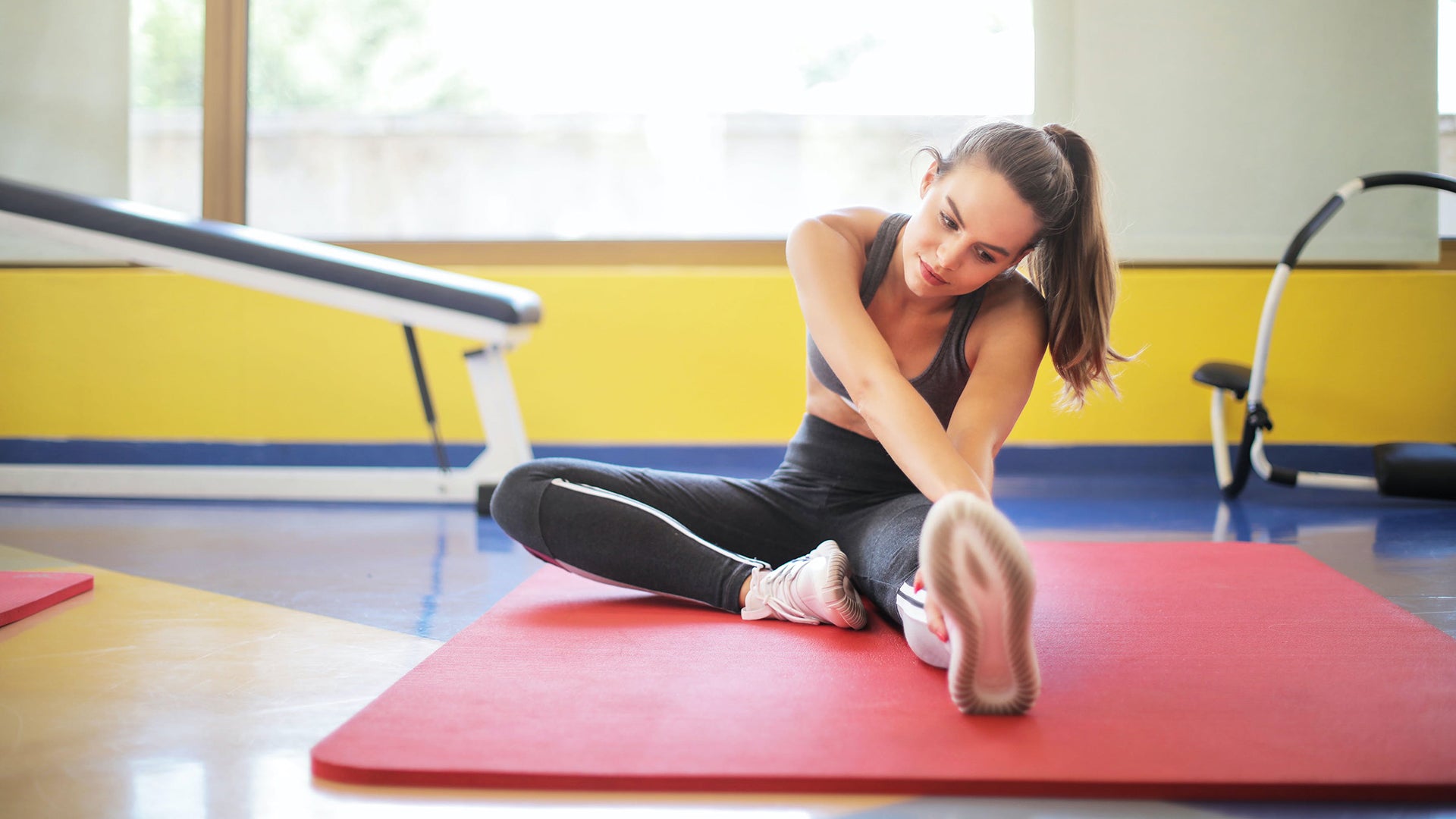
8 different types of yoga: ultimate guide
Yoga seems to be more popular than ever these days, and with good reason. Yoga can help people improve their flexibility, build strength, develop balance, increase concentration, boost self-esteem and improve his/her overall physical and mental health. There are many different types of yoga, each with its own benefits and goals, which makes it easy to find one that fits her needs perfectly. Here are eight different types of yoga to choose from.
The Benefits of Yoga
Yoga is a holistic approach to health and well-being. It includes poses, or postures, that focus on balance, flexibility, and strength. There are many styles of yoga, each with its own focus. In general, yoga can help someone:
- Increase her flexibility
- Improve someone's balance
- Relax his mind and body
- Develop greater focus
- Stronger muscles
- More energy
- Prevents cartilage and joint breakdown
- Maintains a balanced metabolism
- Drains someone's lymph and boosts immunity
8 Different Types of Yoga
If someone is looking to engage in different types of yoga, here are eight to consider:
1. Power Vinyasa Flow
If someone is looking for a super-intense workout and a more physical practice, Power Vinyasa is theirs. It's relatively fast-paced, moving from one pose to another at a moderate pace. Power Vinyasa flows are performed standing, in which poses flow from one into another. This practice is great for advanced yogis and those who want a challenging workout while they're on their mat.
The faster pace also means that beginners can get through it without being intimidated by some of yoga's more difficult poses. For example, if they've never done downward dog before, they might not be able to do it during a slower class-but they might be able to during a Power Vinyasa Flow class.
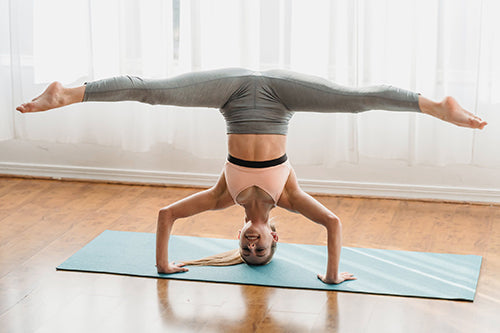
2. Slow Down with Yin
While it's true that many forms of yoga emphasize stretching, people might be surprised by how opposite that is for yin yoga. The practice involves holding poses for three to five minutes or longer (hence its name). While it's a slower, more meditative form of exercise, yin yoga helps strengthen someone's joints and ligaments. It can also help with injury prevention, says Stacey Donovan MS CSCS owner at Nutrition Skin Fitness in Larchmont, New York.
People can even pair yin with traditional power-flow routines for an added boost. The reason? While yin yoga lengthens muscles, slow-paced flow classes build strength through fast movements such as lunges and planks, she explains. The combination of both will create long, lean muscles without bulkiness.
3. Hot Flow with Bikram
Developed by Bikram Choudhury, hot yoga involves practicing poses and breathing exercises in a room heated to 105 degrees Fahrenheit. Because of its strenuous nature, Bikram is best for those who are looking for a quick workout-studies show that students burn about 650 calories per 90-minute class.
However, it's important to keep in mind that if people aren't careful, their body can quickly overheat. So if he or she is new at hot yoga or if someone doesn't feel well that day, he or she should try a gentler practice (or avoid it altogether). Practicing in an overheated state can result in lightheadedness or fainting-and no one wants an injury on top of dealing with food poisoning symptoms.
4. Tranquility with Restorative
This is a slow-paced class that includes poses that focus on stretching muscles and working deeply into connective tissue. The purpose is to completely relax and refresh. If people have chronic tension in their body, restorative yoga is a great way to address it.
Classes are often taken at night and incorporate props such as bolsters, straps, blankets and blocks. Restorative yoga can be used as an antidote for days when people are so tired they feel like they could sleep for a week or when their head just isn't clear enough to process anything more complex than breathing.

5. Gentle Hatha
A gentle, soothing, stress-reducing form of yoga that is ideal for beginners. Hatha yoga is a flowing sequence that involves physical postures, focused breathing exercises and guided relaxation techniques. Hatha yoga can be performed almost anywhere with just a mat and some floor space.
This style can be practiced by people of all fitness levels-from retirees who are looking for an active hobby to elite athletes who need low-impact conditioning in between games or matches. Hatha yoga strengthens his or her muscles while calming someone's mind, which can also help prevent injury during more vigorous forms of exercise like running or biking.
6. Build Strength with Ashtanga
When most people think of yoga, they typically think Hatha or Iyengar yoga. They're both amazing and will bring them physical and mental health benefits, but they are not all that exists! They can practice Ashtanga Vinyasa or Bikram if they want to build strength. These styles focus on poses that will tone their muscles and help them achieve a more toned body faster than other forms of yoga.
If they are looking for more intense workouts, it's best to try these options first before moving onto other styles. However, if tranquility is what they're after then go with something softer like Kundalini or restorative yoga. There is a style for everyone-so find what works best for their needs and goals!
7. Improve Flexibility with Gentle
A gentler form of yoga, gentle flow is perfect for those who are new to yoga and may need a more manageable starting point. While it's best for beginners, even seasoned yogis can reap some serious benefits from incorporating gentle flow into their practice.
Gentle classes incorporate props such as straps, blocks and cushions as well as guidance on how to move through poses with less effort. The result is a slower-paced class that helps someone maintain flexibility without pushing his or her body beyond its natural range of motion.
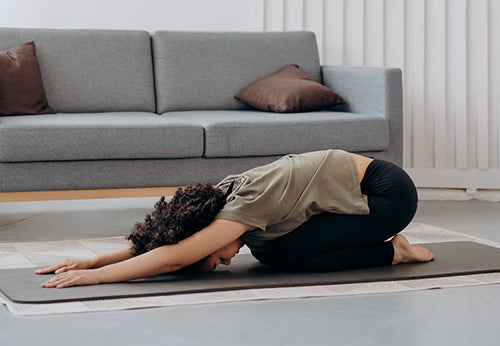
8. Kundalini
While Kundalini has become more popular lately, it is definitely not for everyone. The main focus in Kundalini yoga is self-awareness, meaning that most poses are meditative and there are few flowing moves. This type of yoga focuses on connecting chakras and creating a flow from one pose to another. Kundalini yoga takes serious dedication and may be too intense for beginners.
Final Thoughts
Whether someone is a beginner who wants to test out what type of yoga would be best for her, or a seasoned pro who's looking for new styles and approaches, there are many different types and styles of yoga. Of course, it's not practical (or necessary) to master all eight different yoga types. But knowing what they entail can help someone choose one that feels right for her lifestyle, experience level, and personal preferences.

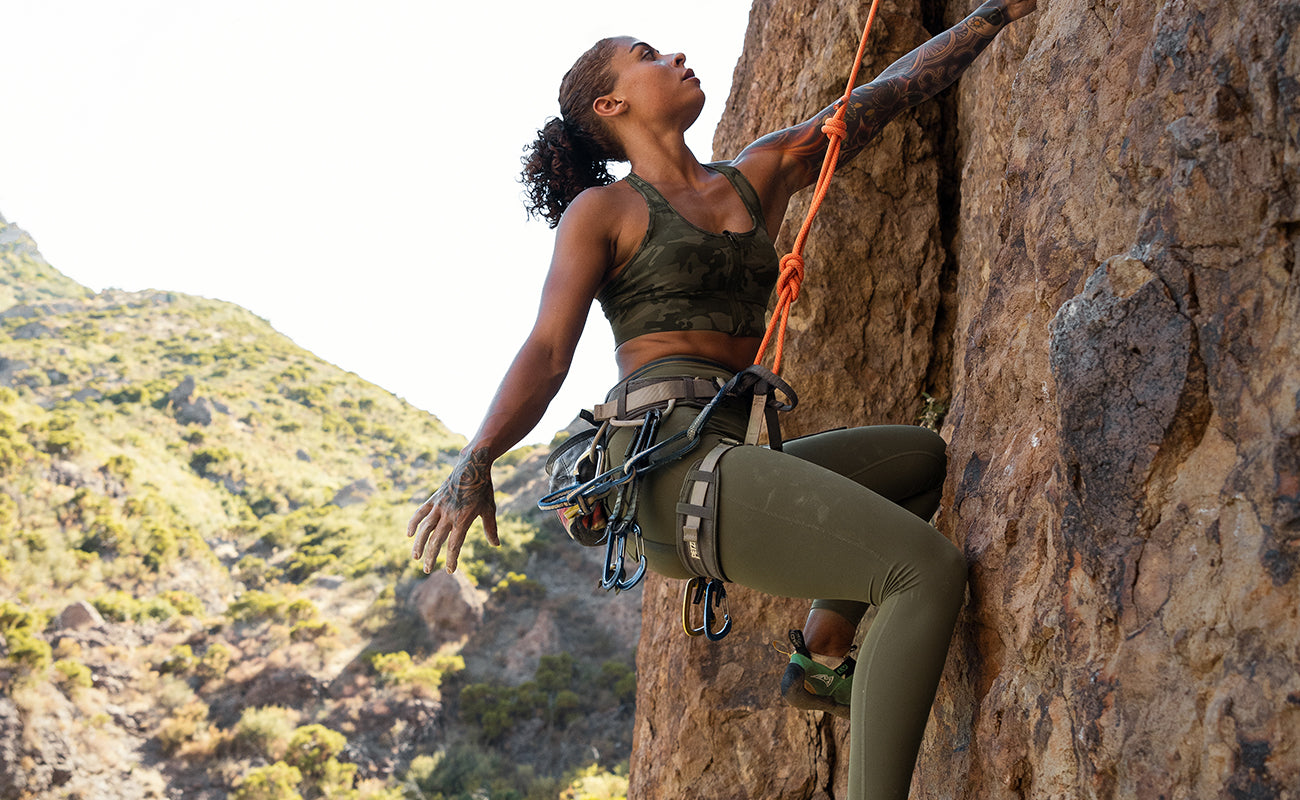
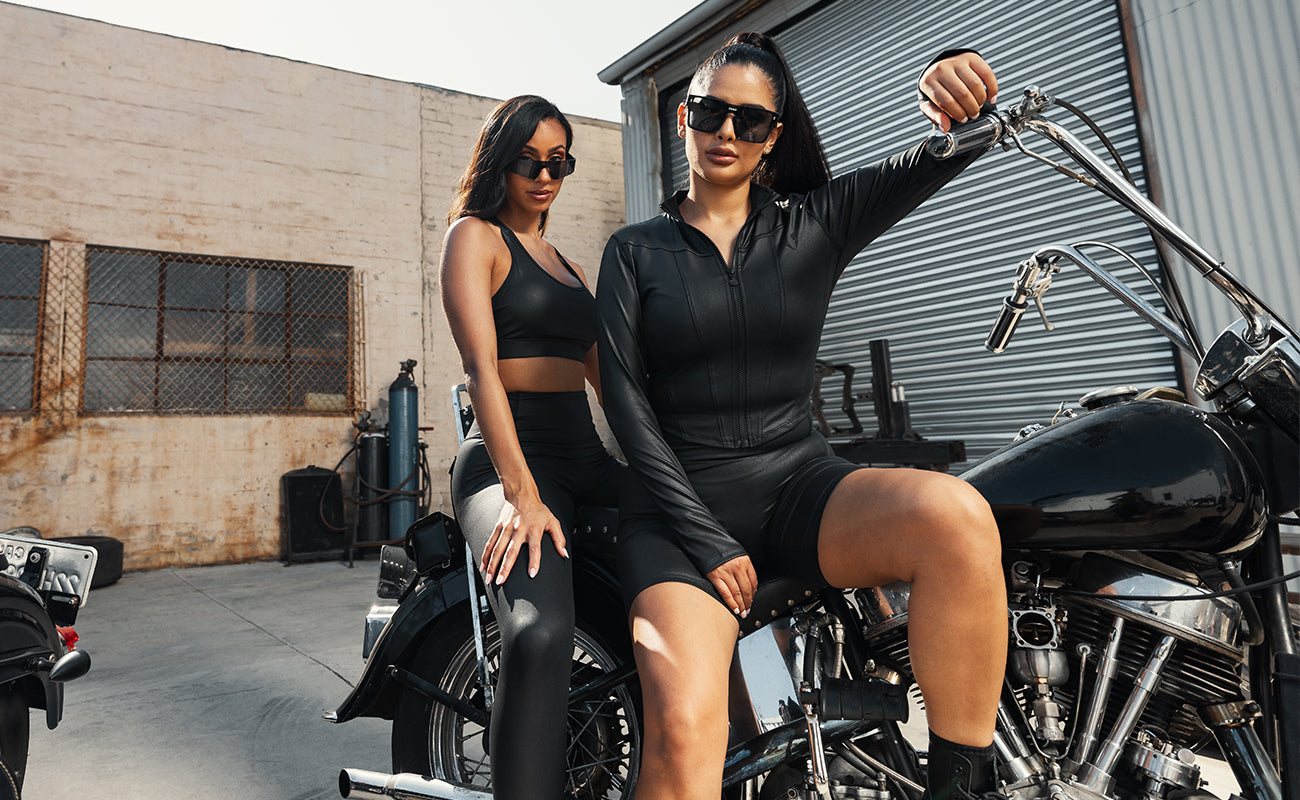
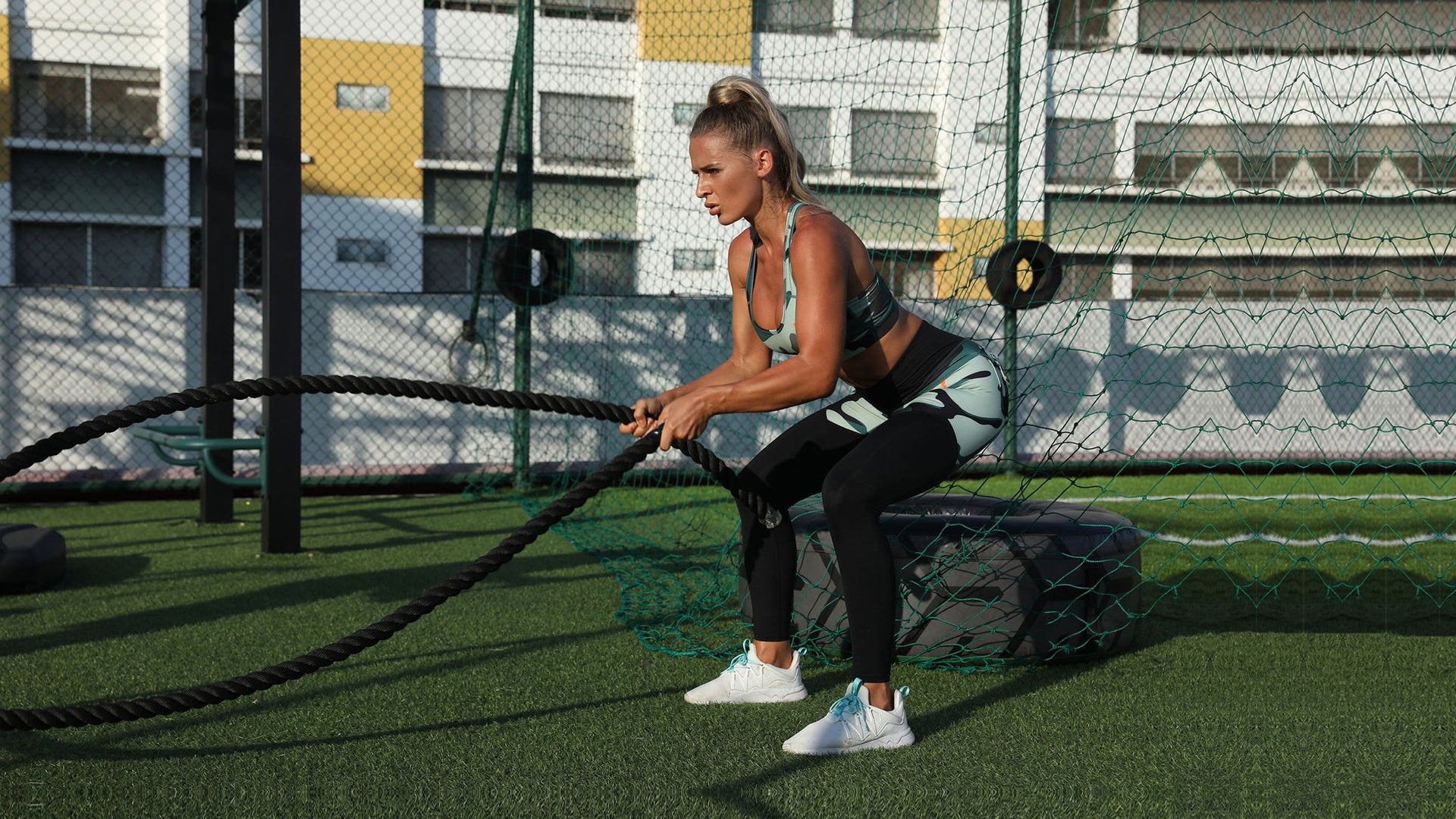
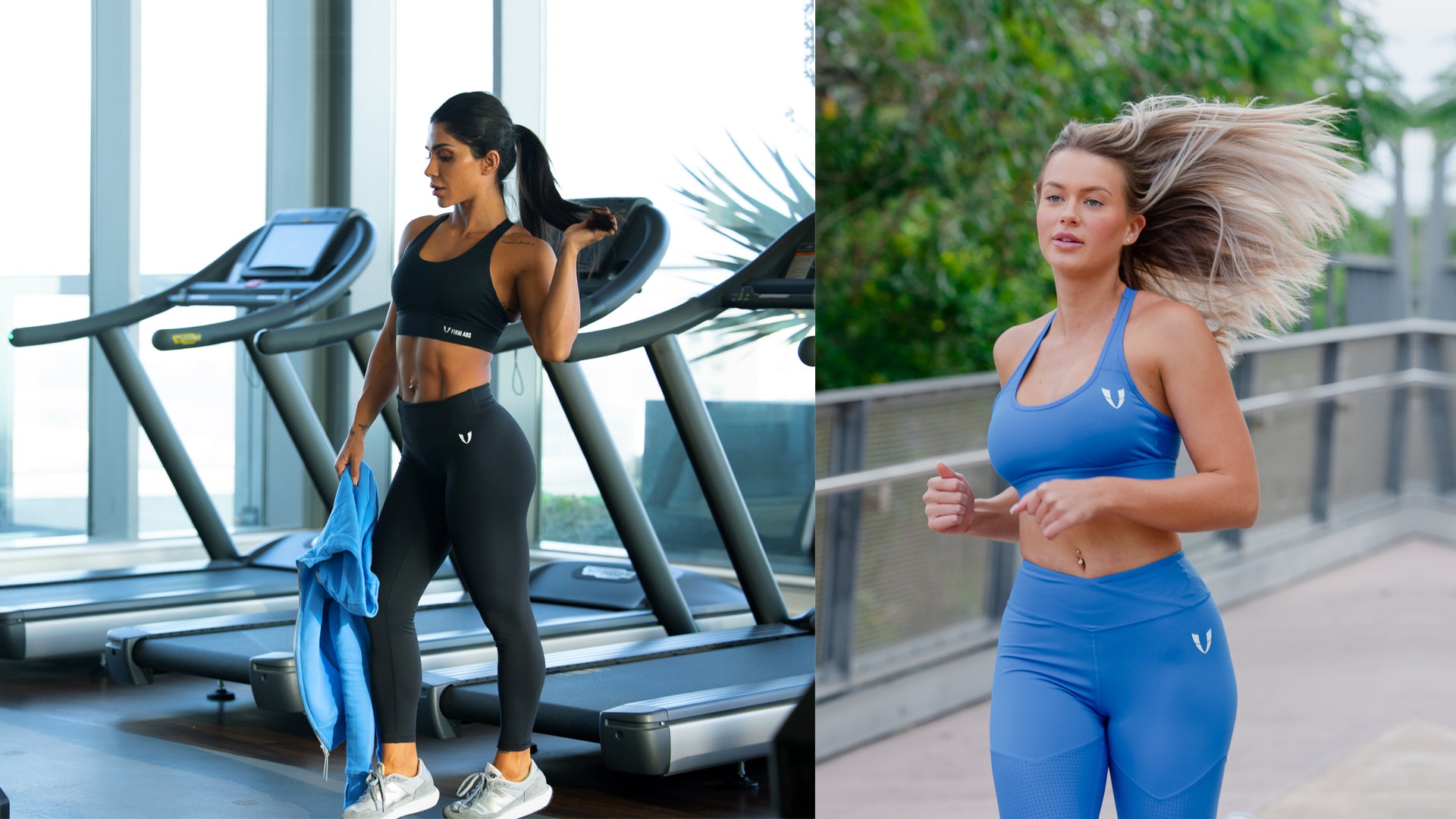
Laisser un commentaire
Ce site est protégé par hCaptcha, et la Politique de confidentialité et les Conditions de service de hCaptcha s’appliquent.